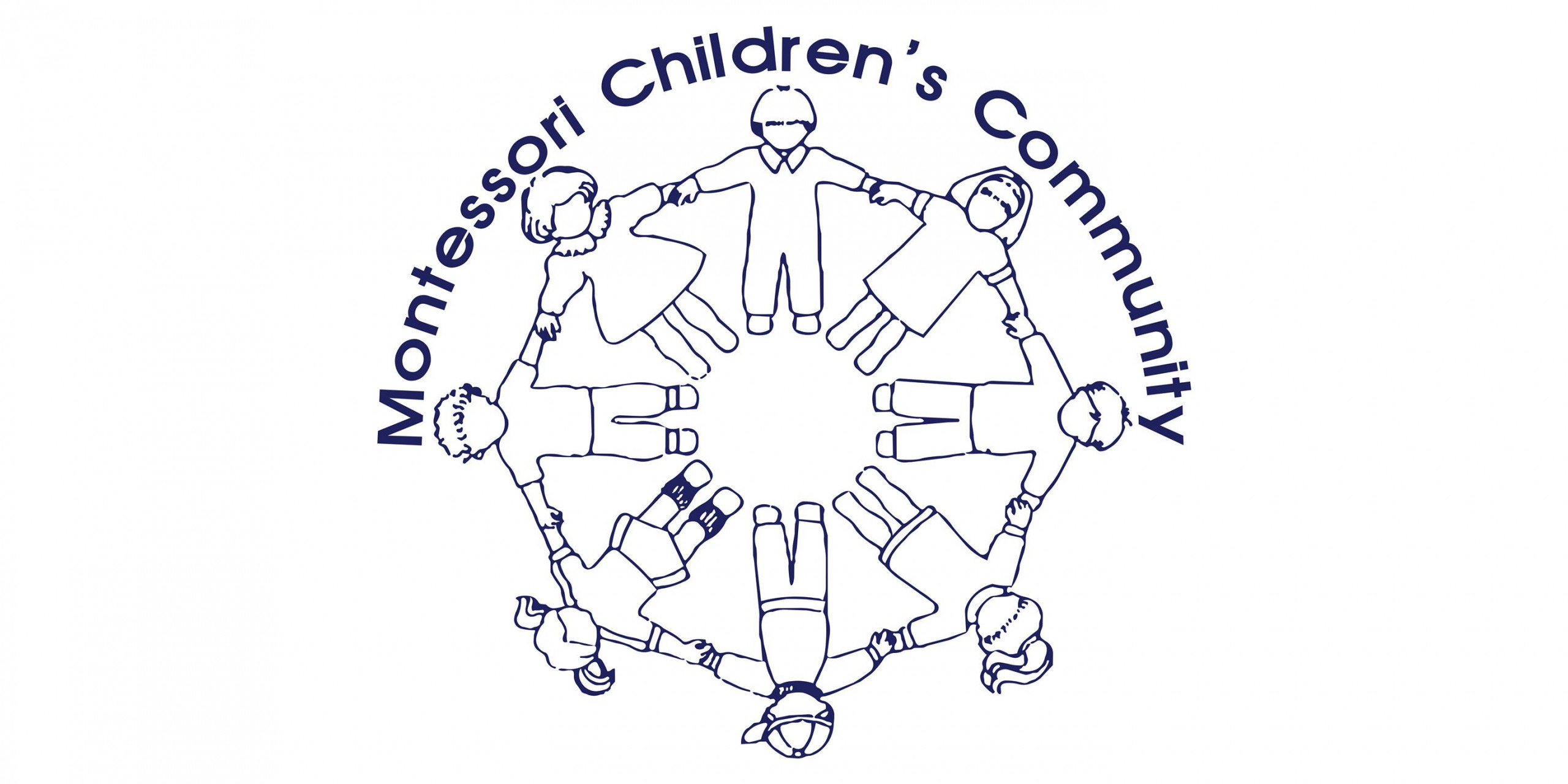Children are individuals that have different learning styles and abilities. Imagine a school that has an innovative and collaborative learning environment, challenging academics, and a highly-trained teaching staff; a school that gives your child the freedom to learn as an individual, nurtures each student while encouraging independence, self-motivation, self-assurance, and respect for others and the environment; a school in which students learn not to be afraid of making mistakes, they learn that errors are a natural step in their learning process; a school in which your child will receive a strong education as well as exceptional character development.
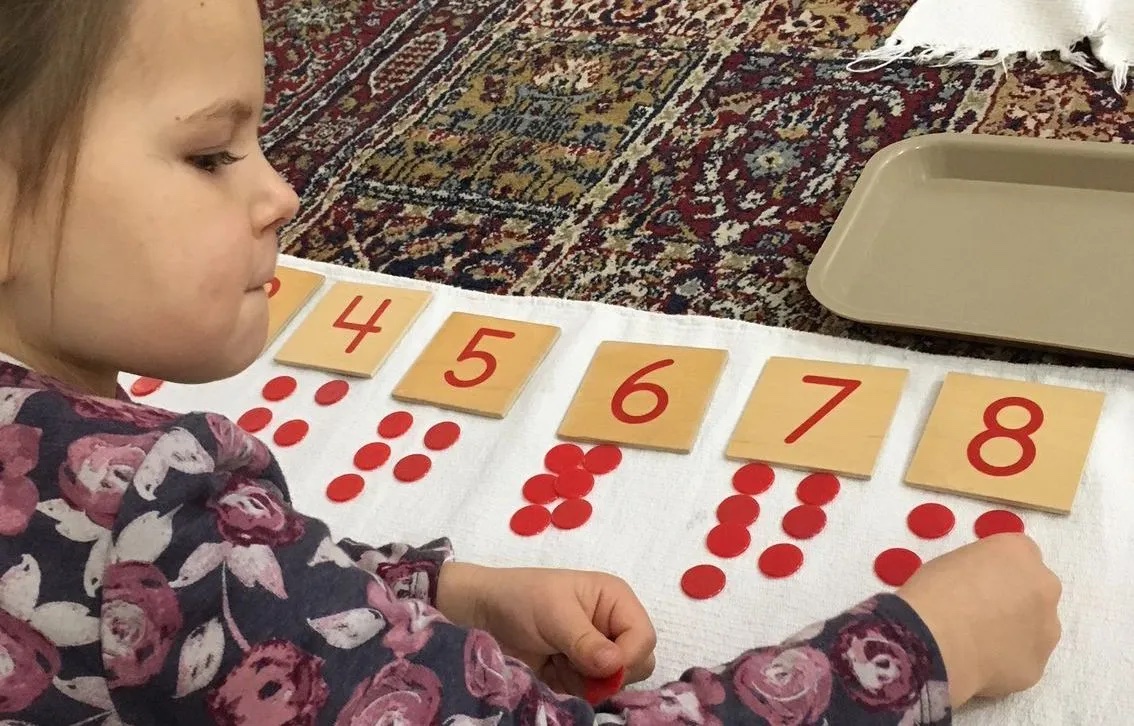
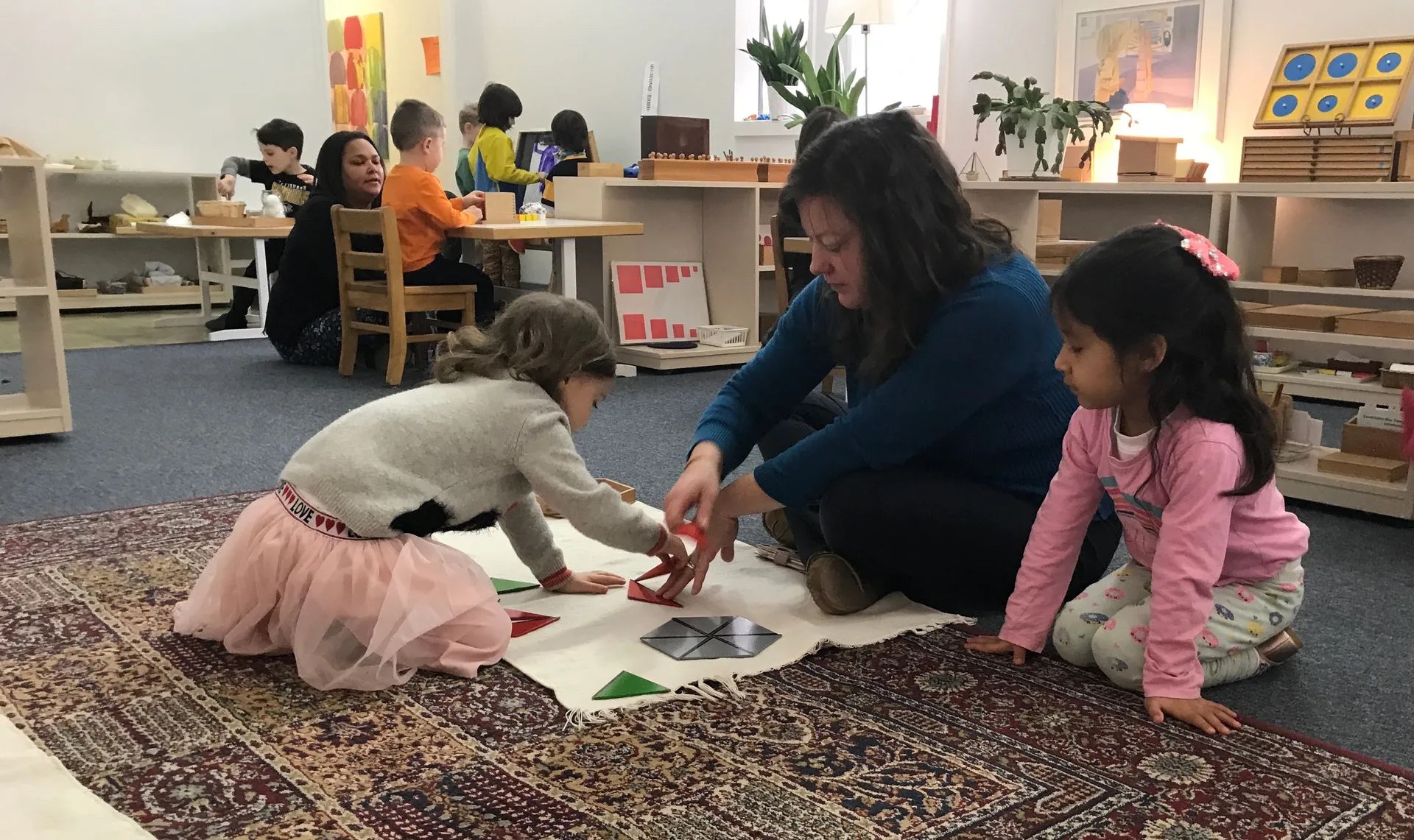
Children’s House Ages 3 – 6 years
The Children’s House serves children 3 through 6 years of age with half-day (8:30 to 11:30 a.m.) and full-day (8:30 a.m. to 3:30 p.m.) options. Children must be toilet trained. In this mixed-age environment children spend three to four years in the same classroom, which allows a strong classroom community to develop between children, teachers, and parents.
A Deep Connection Between Teacher and Child
Our AMS or AMI certified teachers choose this career because of their love for children and dedication to Montessori. Their depth of training and knowledge is amplified by the joyful and deep relationship they develop with your child throughout the three-year journey together.
The Children’s House
The teacher works to perfect the environment – in it, your child works to perfect him or herself. Our teachers put tremendous care and attention to detail into the classroom with low shelves, beautiful artwork, books and cultural items of interest to pique your child’s interest and stimulate his senses. The children respond by developing a sense of classroom ownership and a drive to care for it, further deepening the bonds of the community and their quest to learn.
Essential Skills for a Successful Life
The Primary classroom is designed to help your child become his best self. Through “grace and courtesy” activities, we teach your child how to solve conflicts, how to act politely in social situations and how to be kind and helpful to friends.
Extended-Day (or Kindergarten)
Extended Day, the culminating year of the Children’s House, provides an extraordinary opportunity for 5- and 6-year olds to develop their leadership skills. The children act as positive peer models for their younger classmates, assuming positions of responsibility that further strengthen their own capabilities and self-esteem. Everything that children have learned in previous years comes together in Extended Day, giving children a readiness to meet new challenges. Children in the Morning Class stay until 3:30 p.m. on Tuesday, Wednesday, and Thursday. Children in the All Day Class transfer to the Extended Day Classroom on those days.
Children possess an ability to simply absorb information from their environment, like a sponge. Dr. Montessori called this phenomenon “the absorbent mind”.
In addition to core curriculum, Spanish, Musikgarten, and Body Movement are taught.
Lower Elementary Ages 6 – 9 years
The Advantage
One more “advantage” of Montessori Children’s Community is we provide students with the opportunity to continue their Montessori education through eighth grade. The elementary-aged child is in a period of heightened social development, so he needs group experiences. The multi-age classroom maximizes the potential of each individual child in an environment that has a place for everyone, providing a profound sense of belonging. The students continue to build upon the basics that were introduced in Children’s House. Montessori Children’s Community emphasizes reading ,math, language, handwriting, and what Montessori refers to as cultural subjects of History, Zoology, Botany, Geography, as well as socialization and self-esteem. The Elementary program is further enriched with Spanish, Music, Art, Science, Computer Lab and Physical Education. Another “advantage” over most schools is the children have Spanish three times a week. Studies have shown that the earlier children are exposed to a foreign language the more successful they will be at mastering it.
The Whole of Life
During the elementary years, children are interested in the “whole of life”. They are curious, fascinated, and eager to learn more about the world around them. This is the time that Dr. Montessori felt they should be provided with an overview of the big picture of the universe. Montessori presents this information in five interconnected stories that expand the enormous historical frames of time and space. The first lesson is the “Story of the Universe”, covering solar systems, oceans, and how volcanoes cooled. The “Coming of Life” introduces the history of life on the earth from one-celled organisms to human beings. The “Coming of Humans” relates the significance of humans, their special abilities and how they are different from other life forms. The “Story of Communication in Signs” and the “Story of Communication of Numbers” provides a look at human invention in the context of the expansion of civilization. Through these stories, children get a “cosmic” perspective of the universe and humanity’s place within it.
The Community
The Elementary program at Montessori Children’s Community offers a stimulating curriculum. Being part of a “community” is very important to children in their social development as well as how they view their role for the future. Through their individualized work, children learn to set goals, manage time, and organize projects. Montessori Children’s Community’s unique approach to personal and social development complements the elementary child’s desire to become independent, productive, and successful.
Upper Elementary Ages 9 – 12 years
The Upper Elementary program at Montessori Children’s Community for ages nine through twelve refines what has been taught in the Lower Elementary while greatly expanding basic skills. It is an exciting time for the students as the curriculum becomes more challenging. As they further refine their understanding of concepts, they do more work on paper as well as more research and collaborative work. The Montessori materials are again used, but now as tools for advanced work in different subject areas. Students become more independent and proficient as they begin in-depth research and study for individual and group projects. The Upper Elementary students shift from concrete concepts to working in the abstract. Montessori materials are still available, and new subjects such as Advanced Science, and Literature Circles are added to the core curriculum. Because of their early immersion into these academic subjects, students are ready to tackle areas more frequently saved for later grades.
Curriculum
Creative writing, grammar, expository writing, poetry, research and literary analysis are covered in depth. In math, the four operations (addition, subtraction, multiplication, and division) have been committed to memory. The child is now able to begin the more abstract analysis of number and number systems: geometry, bases, factoring, fractions, decimals, probability, sets, ratios, percents, statistics, graphing, logic, patterns, and beginning algebra and trigonometry.
Geology, geography, chemistry, physics, and history are explored in depth and backed up by a series of hands-on experiments. The “cosmic” emphasis for the Upper Elementary is on the child’s national and state history. In this way, children can be involved in current events and the evolution of their own history. They study important periods of American History and explore the events that have shaped their lives today. Additional enrichment includes Art, Music, Spanish, Science, Computer and Physical Education.
The Big Trip
Each year all the Upper Elementary students take a “Big Trip” that culminates the year’s studies. It is a wonderful learning experience that the children plan for the entire school year. The trip is partially funded by “Pizza Thursday” and “Montessori Cafe” which are class projects that provide the experience of running a business as well as raising the funds for their end of year trip. Past trips have included Wallops Island, VA, for nature studies and Washington, DC, for governmental studies. The 6th Years also take a “Big Trip” to Costa Rica that they too must plan for. Students are much more involved in the planning of the trip as well as the fundraising. While in Costa Rica, students study the different environmental and cultural aspects of another country.
Being in community with one another is, perhaps, one of the greatest joys of a Montessori Elementary program. The children operate as a democratic community, where individual opinion is valued and personal responsibility is expected. Again, the Upper Elementary curriculum builds upon what has been learned in previous years. This is the time that Dr. Montessori saw the development of independence, and the refinement of moral sense, especially a sense of justice. We strongly suggest that children finish the program through the 6th Year to complete this Developmental Plane as well as to get closure and feel a sense of completion of the Elementary program. Our students have felt very prepared both academically as well as socially, for their entrance into middle school.
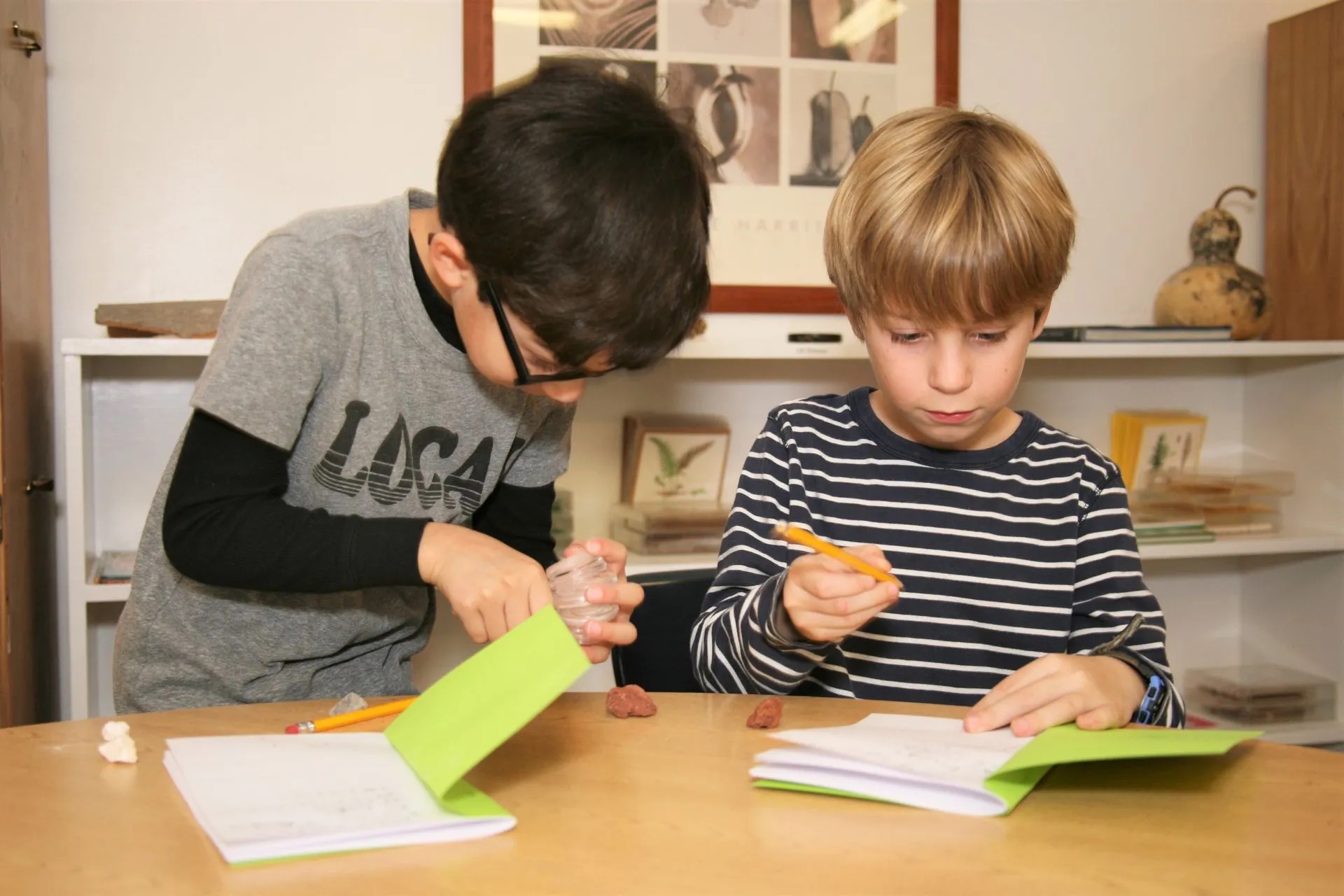
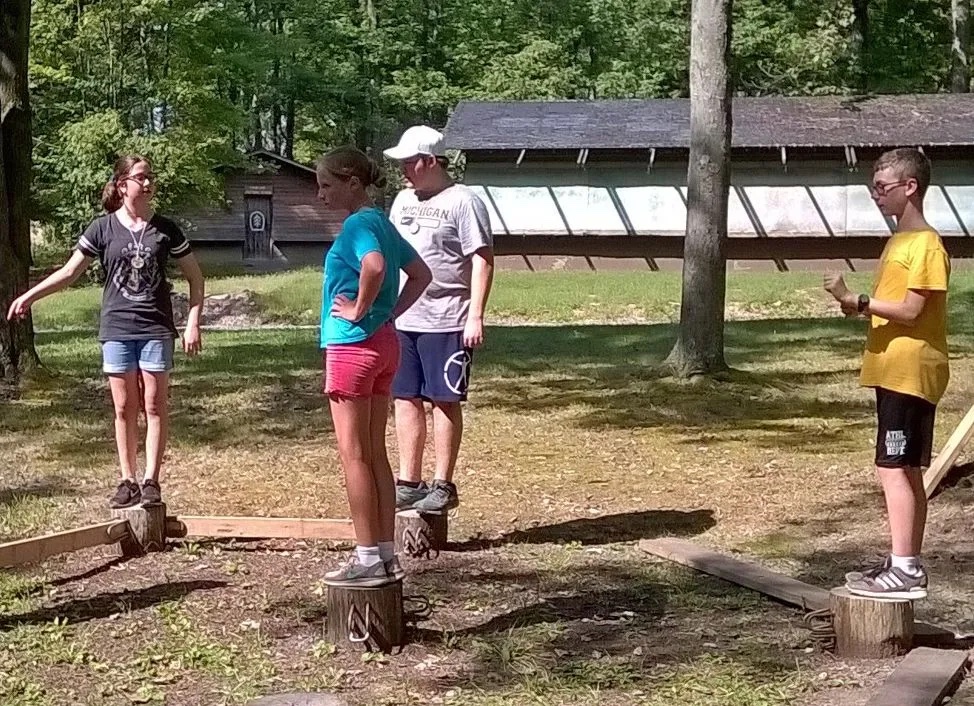
Middle School Ages 12 – 14 years
The Sewickley Montessori Middle School
The Sewickley Montessori Middle School at MCC provides an academically challenging program designed to meet the social, academic, physical, and emotional needs of adolescents in grades 7 and 8. The course of study includes math, language, science, social studies, geography, history, art, music, technology, and physical education. The adolescent students will be participating in out-of-the-classroom experiences that will provide experiential learning opportunities.
Adolescence is a period of physical, emotional, social and intellectual growth. Sewickley Montessori Middle School’s goal is to meet the developmental needs of young adolescents by providing a challenging academic environment that encourages their natural growth, fosters independence and is connected to the “outside” world while working in a close-knit community of peers and adults.
The Adolescent and His/Her Needs
Montessori calls this the Third Plane of Development – a period of creative transformation. The rapid physical growth of adolescents is accompanied by intense hormonal activity. The energy needed during this rapid growth can sometimes diminish the energy available to concentrate on academic work. The brain is undergoing significant re-organization. Structured academics can be difficult for the adolescent. Our middle school will channel the energy and challenge of the adolescent years into positive experiences. The central role of the program is to initiate young people into the world of adult work. Adolescents are asking:
Who am I?
Where do I fit into society?
How can I be of use?
“The thing that is important above everything else is that the adolescent should have a life of activity and variety.” – Maria Montessori
Montessori advocated
Montessori advocated that the adolescent curriculum be designed around “Pedagogy of Place”. This methodology provides a place for work or study, a village-like environment, in which all members experience belonging, engagement, shared responsibility, achievement, an awareness of the significance of their contribution and worth. This provides an investment in each other and in the Occupations and projects generated by the community.
The curriculum is not a straightforward inventory of subjects as in traditional school. Middle school will develop the adolescent intellectually, physically, socially, and emotionally.
The curriculum is divided into 3 domains:
intellectual development
self-expression
preparation for adult life
The Curriculum
The curriculum is interwoven with the intellectual and self-expression domains having a particularly strong cross-curricular orientation. The core academic program adheres to and exceeds Pennsylvania State Standards. The interdisciplinary curriculum is designed to allow students to learn at their own pace and to connect ideas/concepts across subjects.
Montessori identified the key needs of adolescents to be variety, social interaction, and meaningful work which prepares them for adulthood. She also recognized their intense need to be physically active. The middle school experience will be the culmination of the student’s earlier education. The level of independence that they will achieve, the confidence that they will gain and the concepts that they will master will enable them to be successful in their future endeavors.
The Adolescent
The adolescent curriculum is a “society” and relates to the needs of a particular community. While traditional education often teaches facts that are isolated from life outside the classroom, the Sewickley Montessori Middle School program offers lessons with practical applications that allow students to make improvements within their community. “What will I use this for?” is an often-asked question of the adolescent, as he is determined to use knowledge to DO something in the world. Projects such as monitoring the water in the Ohio River and Sewickley Creek or building and maintaining a garden that will provide food for others are real world opportunities for many lessons in science, language arts, and practical life skills. Students work as a group to run a business, to find ways of making money – their first direct experiences with the economic connections in a society. The success of earning money for a job well-done is a strong source of validation for the adolescent’s skills and contributions. The city of Pittsburgh and the Sewickley community are perfect areas for adolescents to explore physics, architecture, bridges, culture, history, transportation, ecology, technology, and business.
